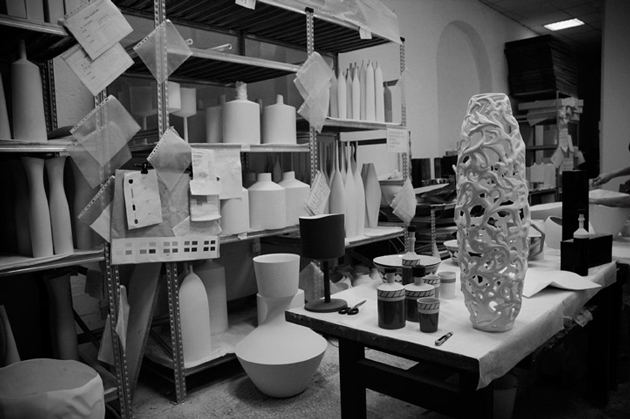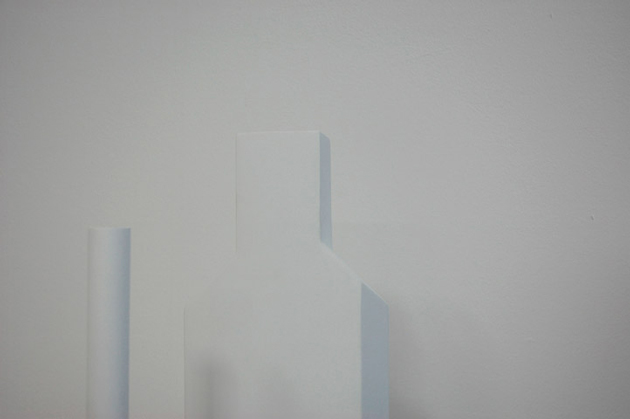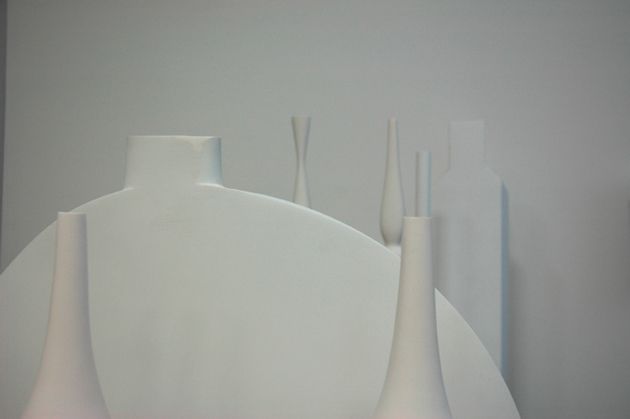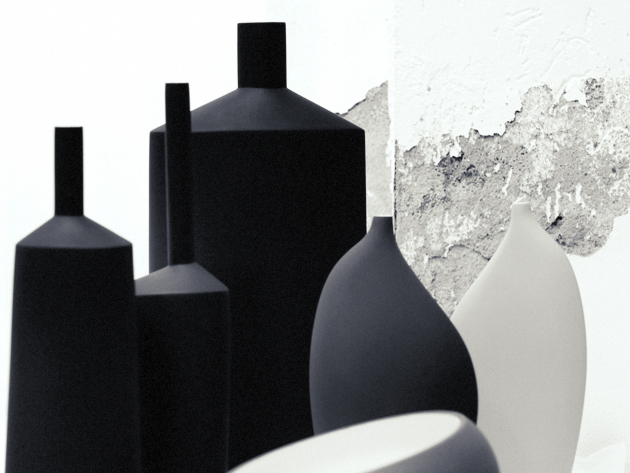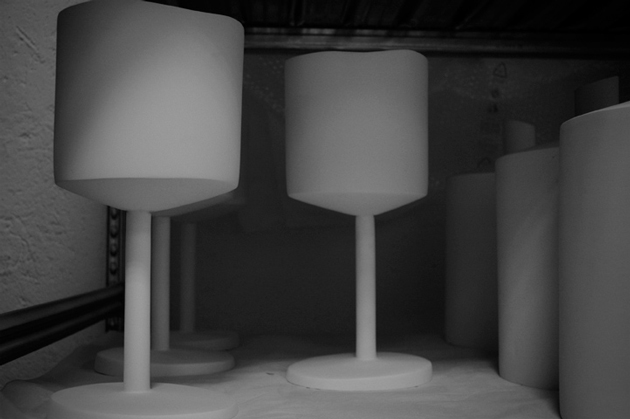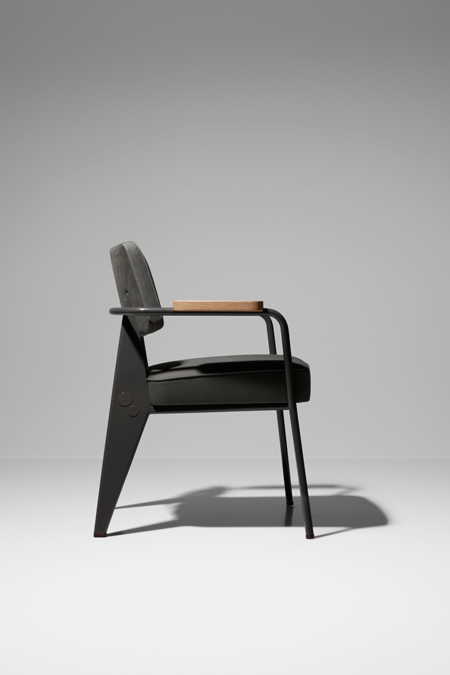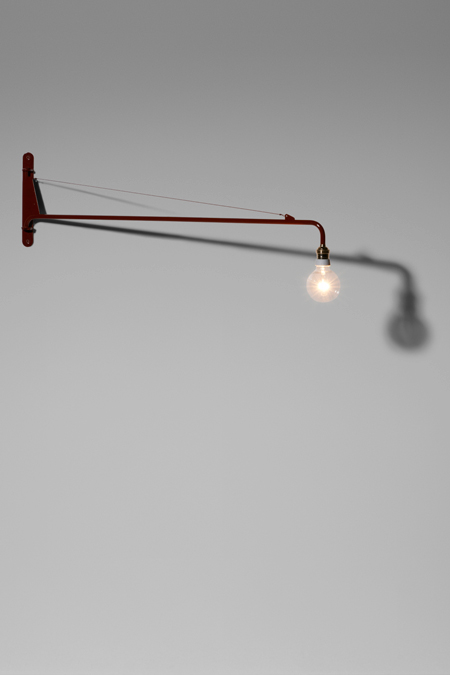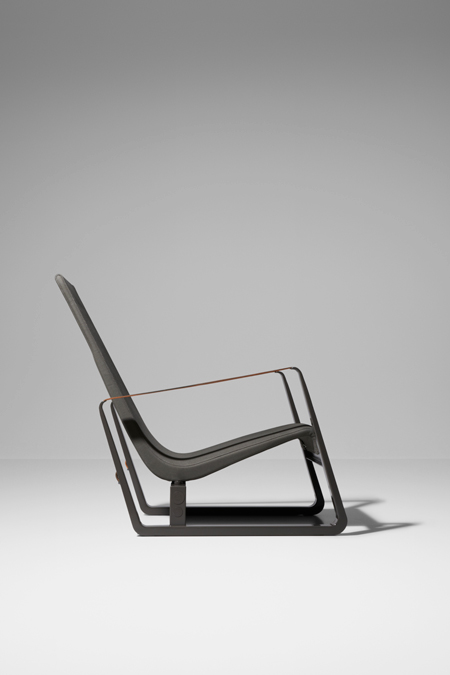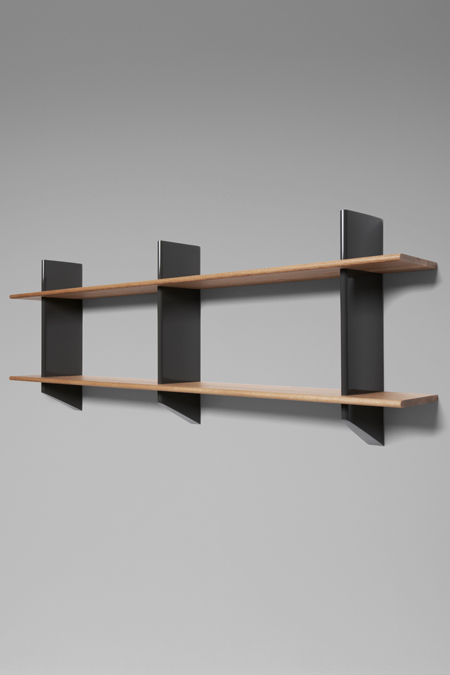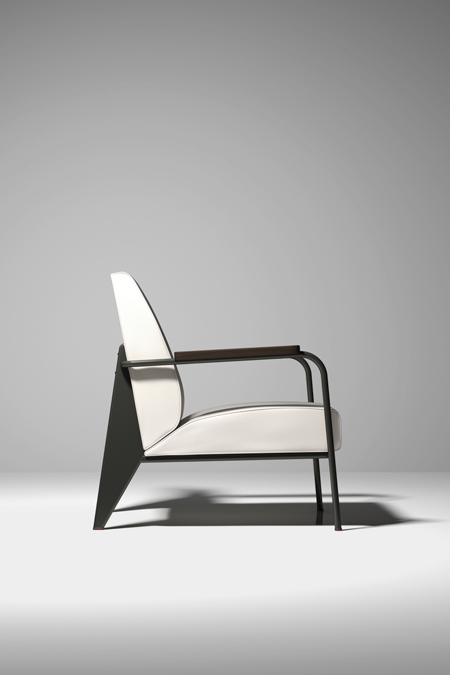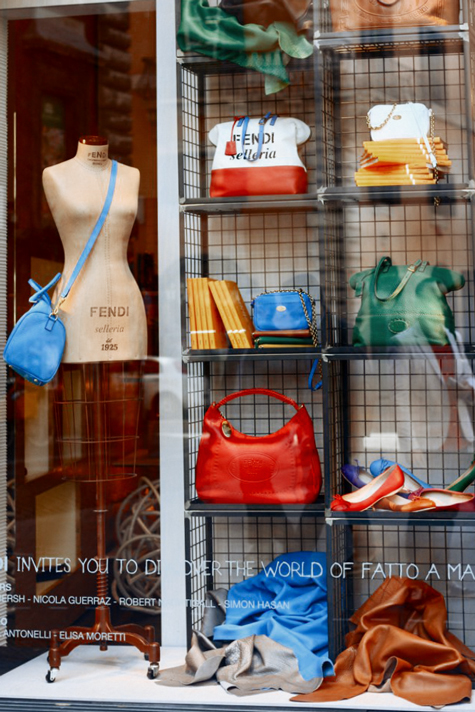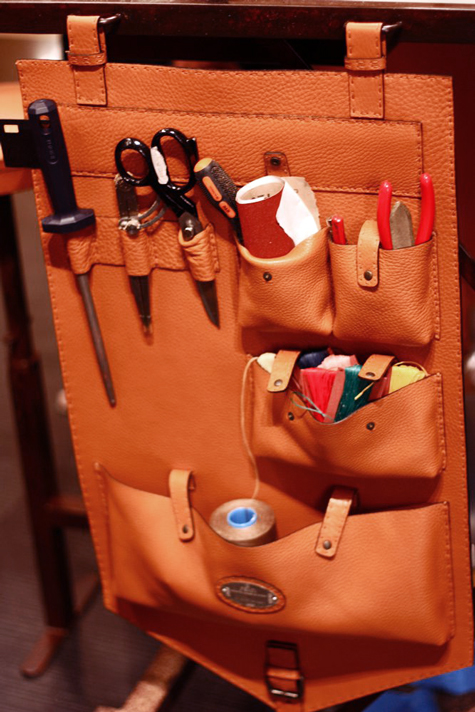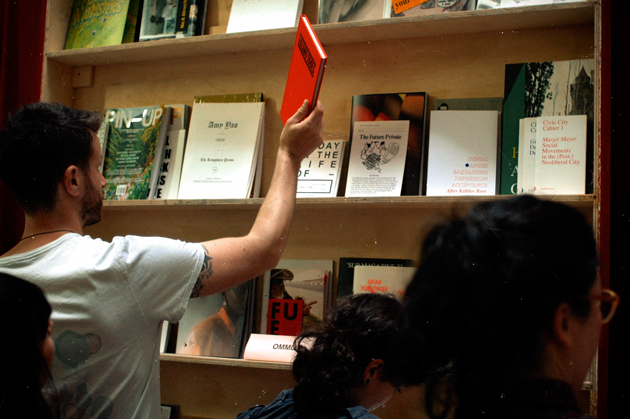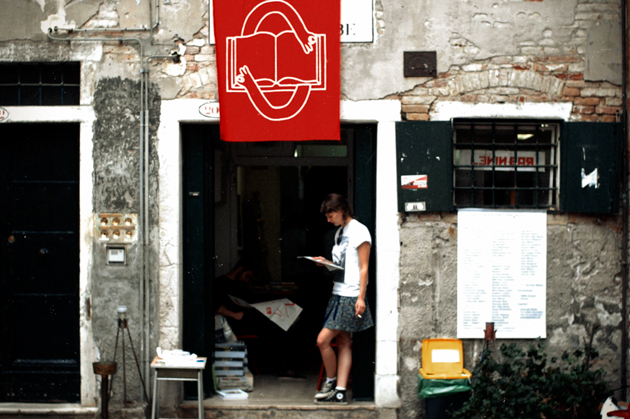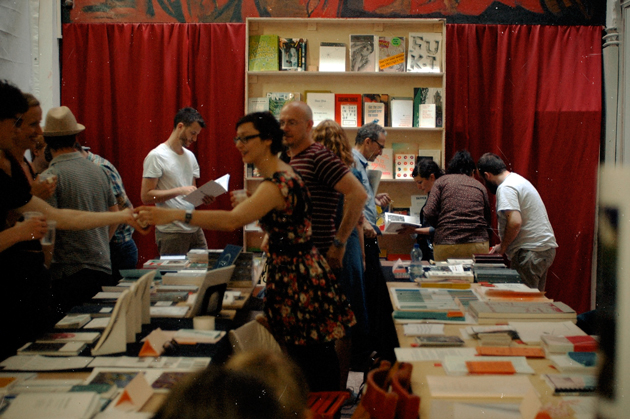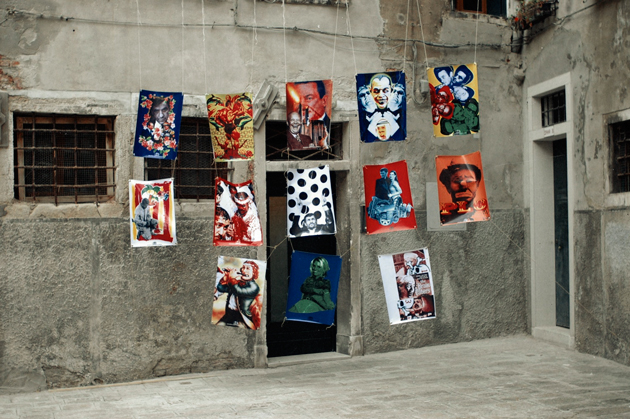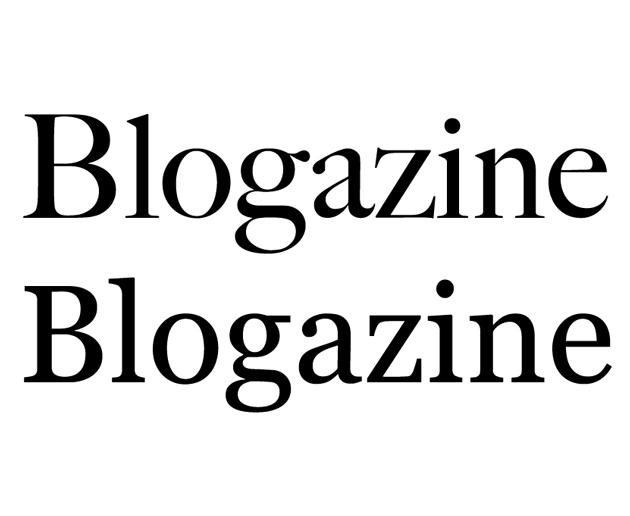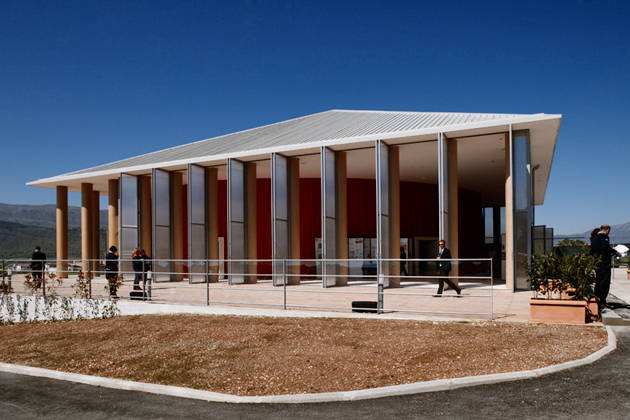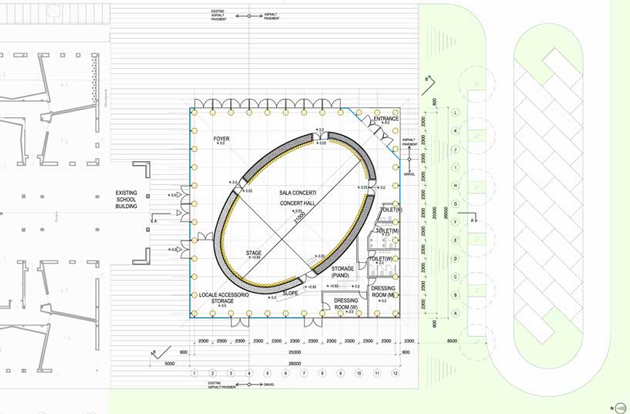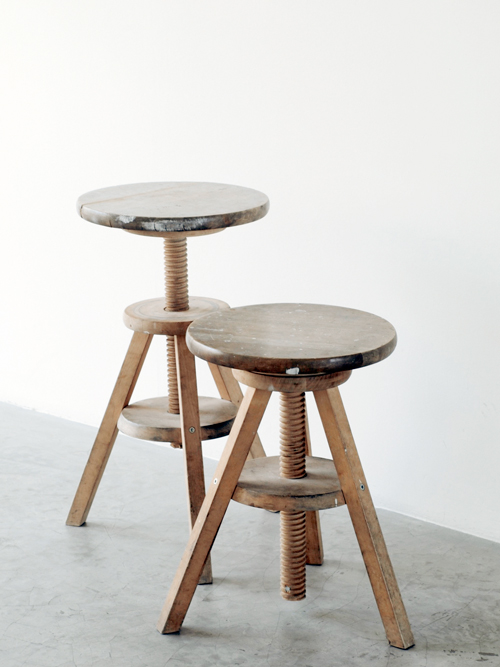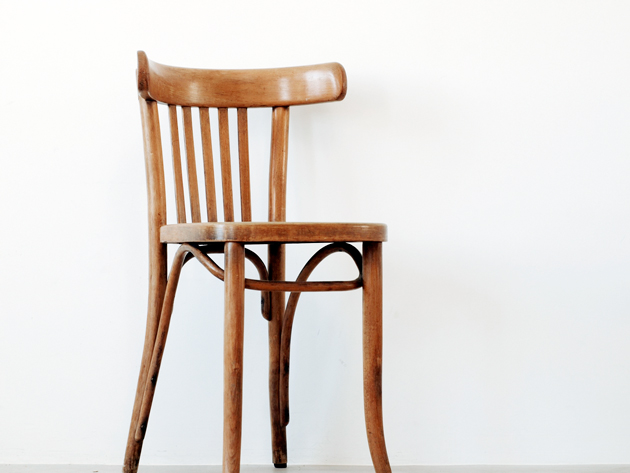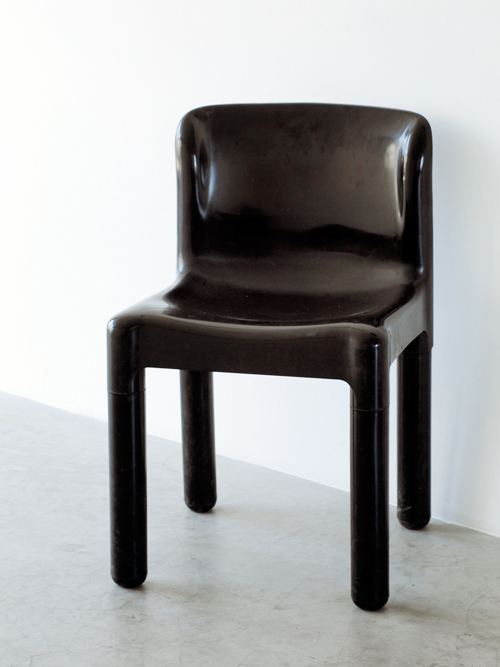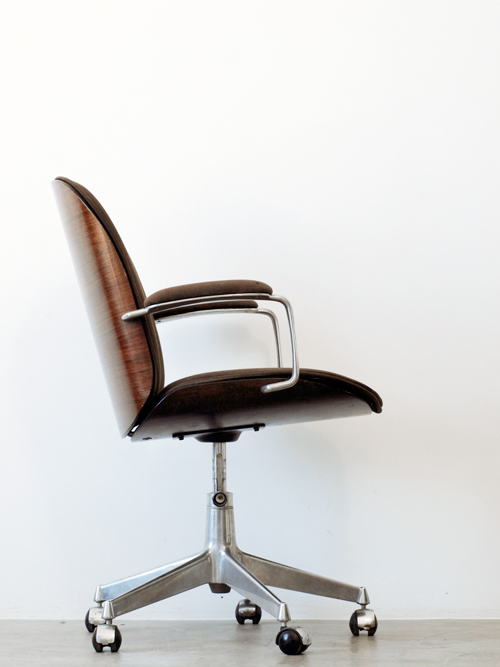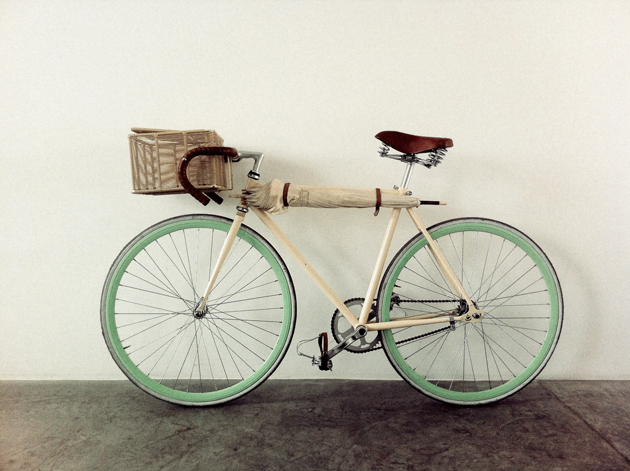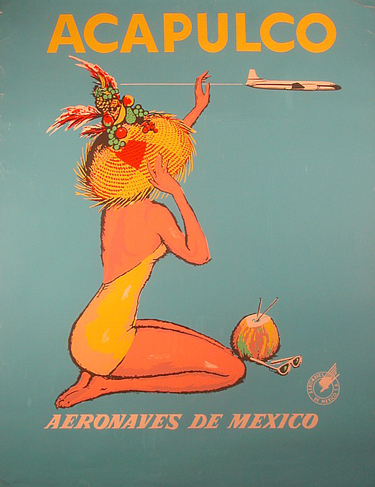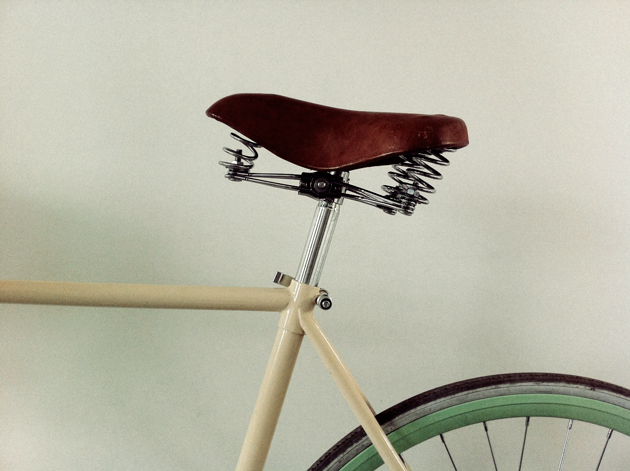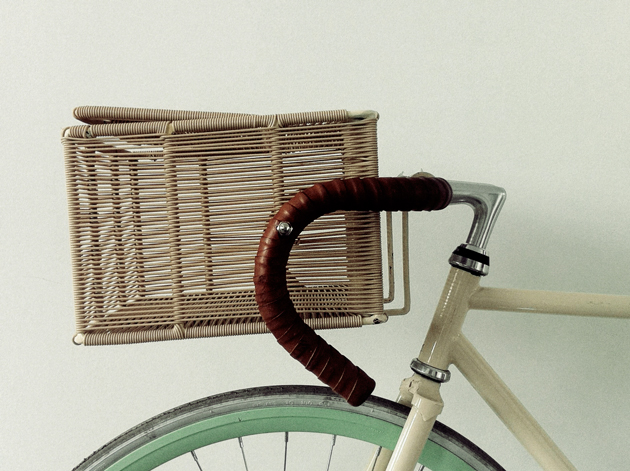Hello, Paul Barbera!
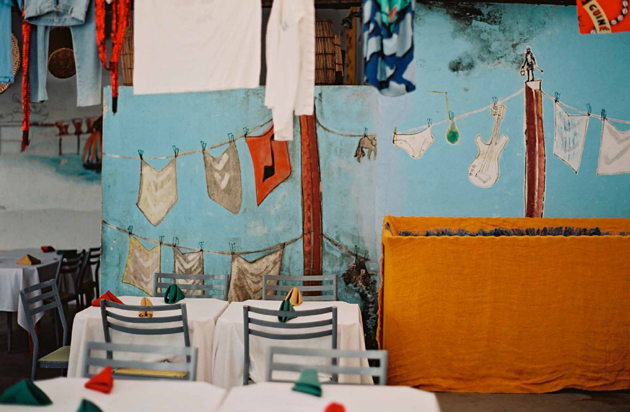
With all the warmth and feeling of his photographs, we welcome photographer Paul Barbera into the 2DM family. The Australian (and recent New Yorker) with Italian roots has crisscrossed the planet on a career that, beginning behind the viewfinder of a bulletproof old Minolta, has gone on to take him to exhibitions around the world and work with an impressive client list. He’s also quite the accomplished portraitist.
Paul has also forged several impressive collaborations. He uses the web extensively to collect and curate, and is behind the sweeping and evocative internet projects “Love Lost” and “Where They Create” (and we learned in this interview that he’s also behind “Where We Collaborate” and “Stuff People Send Me”). It the effervescence of Paul’s work’s and warm energy, though, that best communicates his strength as an artist. And we’ve known few photographers who can better inject positive emotion into a place. We’re thrilled he’s joined us.
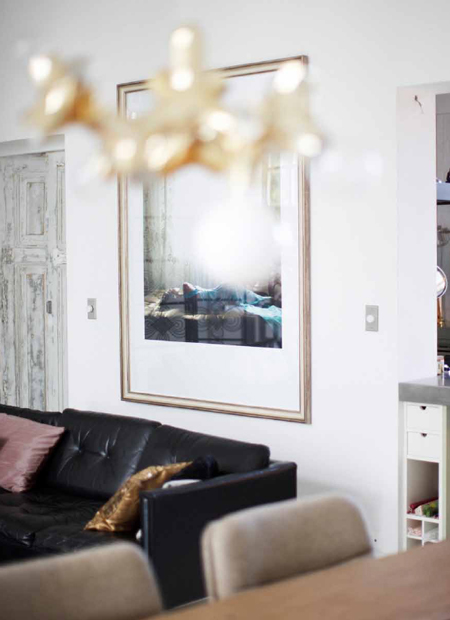
Describe your relationship with photography. What was your first camera?
My first memory is of a Polaroid camera at 8 or 9 years old. But it wasn’t until I was 15 or 16 that I tried to control what I was trying to put into the frame. I used a Minolta SRT 101. It was the first time I found something that made sense to me, because I struggled with school. The Minolta was actually my father’s camera and I am certain that I wouldn’t have a relationship with photography if it wasn’t for him. He was born in Sulmona and came to Australia at 24. He worked as a motorbike mechanic but in his little spare time he not only practiced photography but also painted, did woodwork and made metal sculptures. These were technical, creative and practical skills which my brother, who is a furniture designer, and I inherited. We were given the opportunity and chance my father never had, so the foundation of my craft is somewhat of a legacy that was seeded by my father and my relationship with photography is bigger than me.
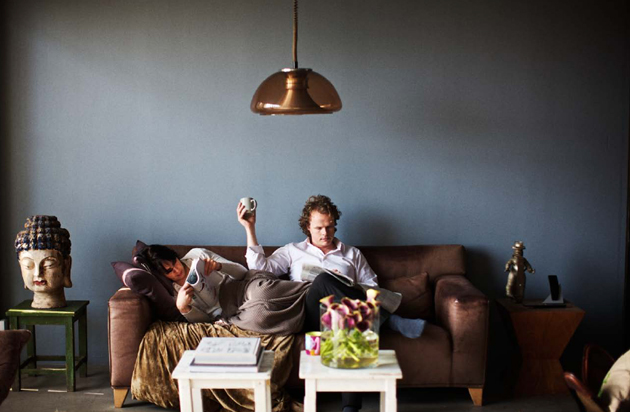
And what are your weapons of choice these days?
When I was younger, I worked in a camera shop and spent all of my wages on new cameras and equipment. I don’t do that anymore. In fact, the camera is not the centre of my work – my kit is very minimal – but rather, it is part of a process that I have been refining over the years so that everything I deliver is consistent in quality.
You are primarily an interiors photographer, but you also do fantastic portraits. How did you arrive there instead of becoming, say, a fashion or landscape photographer?
I think interiors found me. I spent many years exploring different genres and I have a website of this work. However, interiors always seemed to follow me around and it always felt effortless and easy so I never took it seriously at first. My good friend Edson Williams (who was also my agent for ten years) always told me to focus on interiors but it wasn’t until three years ago that I felt I was comfortable doing this and everything has fallen into place ever since. Before, I was doing some great projects and traveling a lot but now there is a new calmness and focus in my life and work.
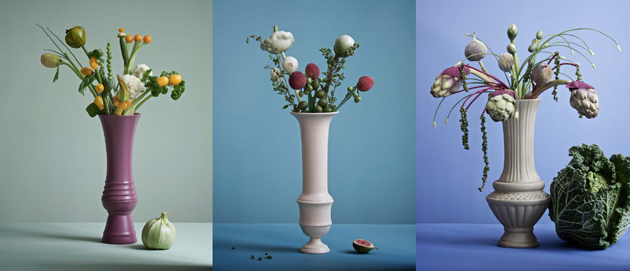
How are you able to infuse such energy into your interiors and still-lives? We’ve remarked that you have a rather warm sensitivity towards objects and spaces…
I have learnt to trust my instincts after 20 years of shooting and that allows me to work naturally and openly because I’m actually a very energetic person and I’m constantly seeking new experiences, people and spaces. I get bored easily!
Tell us a little bit about your side projects “Love Lost” and “Where They Create.” There’s a monograph in the future for at least one of them, right?
Both are personal projects that are very close to my heart which I have self-published online. I tend not to talk about Love Lost in terms of what it is about. But I do envisage it evolving in a new direction in which I use actors and singers to create intimate portraits which can be published as a book one day. Where They Create comes from a very natural place because it comes from my travels and my interactions with a city and the creatives that I meet. About a year ago, I went to Frame magazine to shoot them as part of the blog and they ended up offering to publish it. It’s now coming out to bookstores in July.

What’s it like to be a cosmopolitan Australian? Is there a certain mark your home culture has etched onto your creative spirit?
Nice question! I think Australia as a ‘new world’ country sometimes lacks a sense of heritage but there is also freedom in that. For me it was important to live abroad to understand what this heritage meant to me, so one of the first places I moved to was Italy. I’ve also lived in Berlin and Singapore and for the last 10 years I’ve been working between Amsterdam and Melbourne. I think most of my Australian friends have lived and worked abroad because you feel a bit disconnected from the cultural capitals of the world because of our geographic location and when you return home, you seek to bring the best of what you experienced back home. I think Melbourne is the cosmopolitan capital of Australia. It’s got some amazing restaurants and there is room for innovation.
You’ve done a lot of work around Milan’s design scene – you’ve photographed Rossana Orlandi, Rosselini Missoni, Tom Dixon, Ross Lovegrove and others here. How do you feel about the city?
I love Milan, I really enjoy it when I visit. Compared to Rome, Milan is less chaotic. However it is also weighted down by its past – you see it in the advertising, film and culture. There is good side and negative side to this. I feel in the years to come, Italy will have a big shake up, as the next generation fight for more opportunities and possibilities. Italians are capable of greatness because there is a such a strong history of innovation and exploration. That’s why the great designers you mention descend towards Milan.
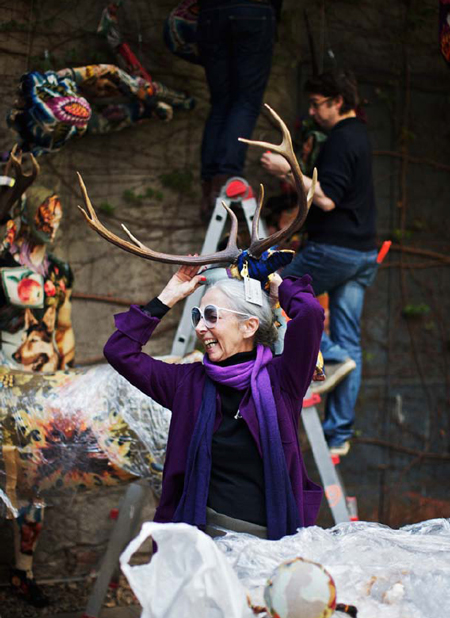
Sources of inspiration? Favourite photographers (besides yourself)?
As far as inspirations go, it changes I tend to look outside of photography. But I love the work of Martin Parr and Richard Kern an Australian called TIM RICHARDSON, there is too many to mention, i keep everything i want to share and remember on a site called Stuff People Send Me.
And why the big move to New York? Where in the city will you be living?I just arrived yesterday but it’s taken 6 months of planning to make it happen. I wanted to move here for many years for professional and lifestyle reasons and we’ve found a cute place to live in the East Village.

What do you do when not behind the lens?
I am behind my computer! I’m always planning and editing, there’s so much to do behind the scenes. But outside of work, socializing, family, watching documentaries, listening to podcasts on science and culture, cooking, enjoying coffee and spending time with my partner fill what gaps are left. I have to say in many ways my life is my work and vice versa.

